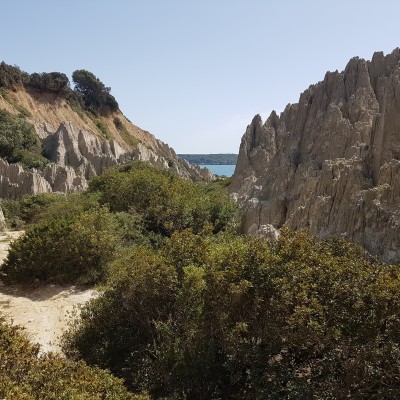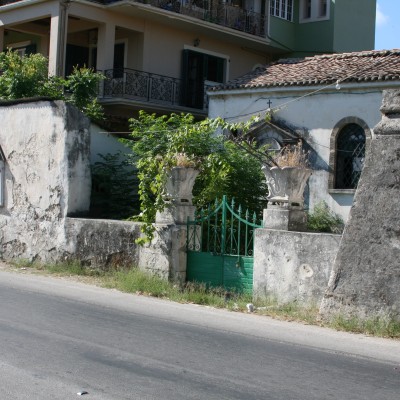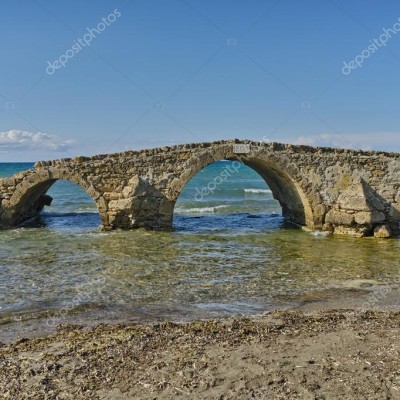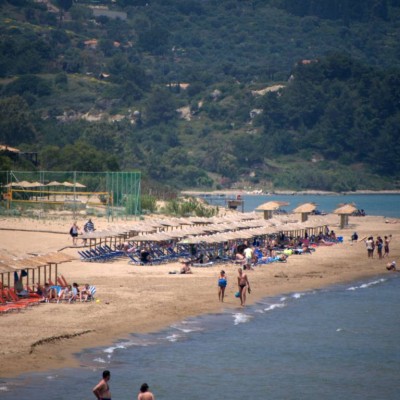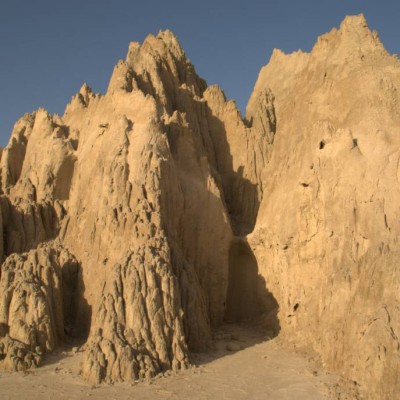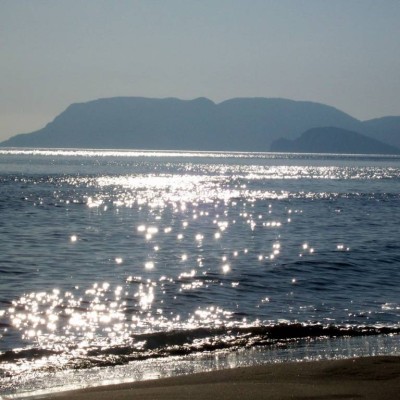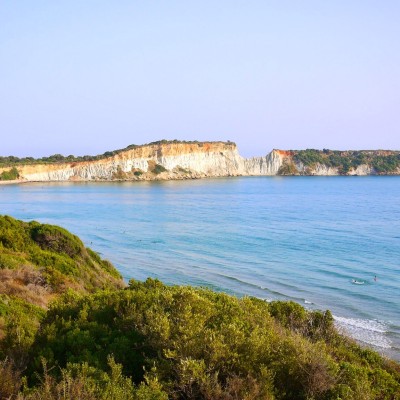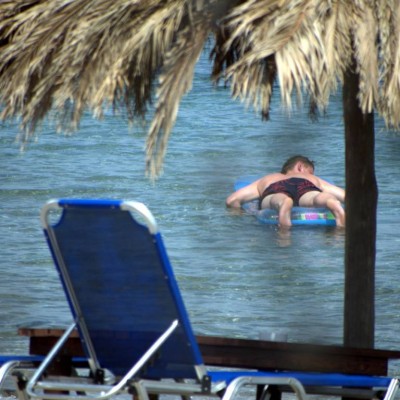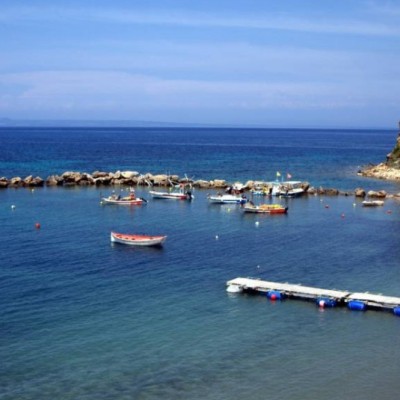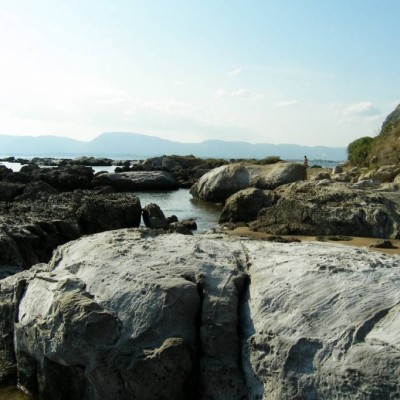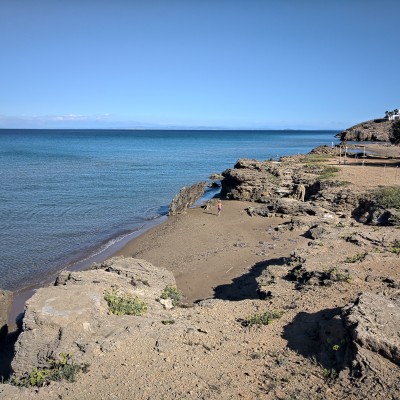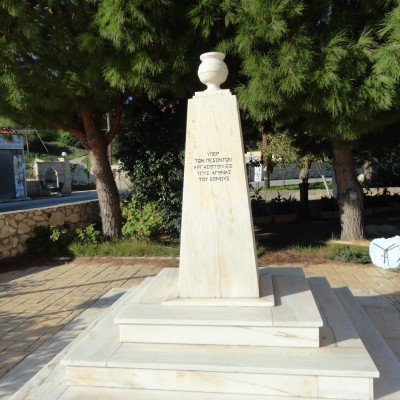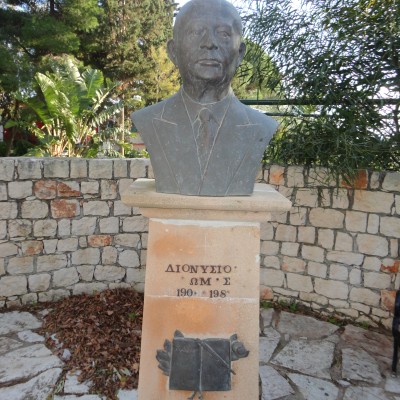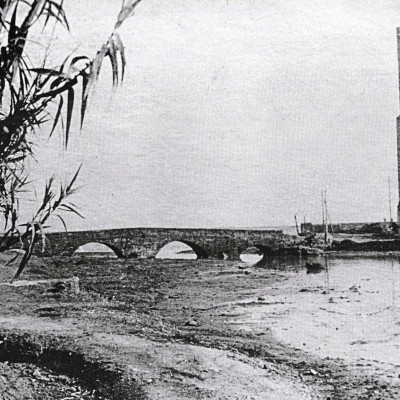A guided tour of the Southeast Zakynthos.
Leaving the city, to the south lies the Garden Suburb. From the 17th century they cultivated there vegetables, which were watered by large wells, the "kargia", which until today are in use (photos L. Salvatore).
In the suburb of the Gardens there was the Monastery of Agios Athanasios, the church of St. Catherine of Sinai, with very important icons in the new Museum, the Church of St. Barbara, the Church of St. Gerasimos, etc.
Moving along the coast towards Argasi was Byzantis, a cottage of the Roma Family. Next to her was the church of Agios Konstantinos, outside of which was buried the Russian captain Stefanos Vasilovich Novoksenovi, who died in Porto and whom the popular muse mourned with the famous poem "Prinzipopoulos". During the Occupation (1941-1944), the Italians demolished the Temple from its foundations and destroyed the tomb.
Continuing on the road to Argasi on the right was the Quarantine Station (Lazaretto), walls of which are still preserved. Inside there was the Orthodox Church of Agios Nicholas and the Catholic Church of San Antonio di Padova. A well-known merchant and benefactor Ioannis Varvakis (1745-1825) died there, the painter Ieronymos Plakotos (1670-1728), who died of the plague and his famous works were cremated for fear of spreading the disease.
Next to Lazareto was the Logothetis manor with the Church of Agios Andreas.
On the left, over the sea, the Church of Saint Spyridon Tsi Sgournes, opposite of whom was a stone, known by the name "the head of the monk", legend has it that the monk was stoned because he cursed Saint Spyridon when the fish slipped on him as he was fishing.
Below was the Church of Agios Efstathios and from that point passed the road that went to Argasi and led to the Villa of Domenegini, known as the "Hellhouse", because of the reputation that they had let to be spread in order to hide the actions of the Members of the Filiki Etaireia, that held their meetings, in the pre-revolutionary years. It is said that from there Th. Kolokotronis departed on January 3, 1821 for the Peloponnese to prepare the Greek Revolution.
The national poet D. Solomos inspired the epigram "The Galini" meaning tranquility, watching over the city of Zakynthos in the turn over the Tower, while there he composed the poem "The Fountain of Davia".
After the first closed turn, where the Agoulou Bridge, on the right, an uphill road leads to Skopos, the ancient Elatos (fir tree), where we meet the ruins of the Church of Agios Nicholaos the Megalomatis (with the big eyes), and the church of Panagia Skopiotissa, in the place where the temple of Artemis used to be in antiquity. Architectural parts from the ancient temple have been built into the temple. The area has a panoramic view and the Venetians had named it "Belvedere".
From this road the stone bridge, which bears the date 1820, is preserved in the sea.
Moving towards Xerokastelo we will come across the place named "Tsi Grias to pidima" (the jump of the old lady), which is linked to the legend of Grias, who to escape from the pirates made a great leap.
Then we meet the Agios Loggos, who had been given dowry to the mother of Saint Dionysios, Paulina Valvi and had a temple inside. On a small hill was buried the Greek-Russian poet, lawyer and patriot Petros Kapnisis or Kapnist (1829-1897).
From Argassi, during the British occupation, water came to the city through a monumental aqueduct, parts of which are still preserved today.
The road continues and ends in the community of Vassilikos. It has been inhabited continuously since prehistoric times and Mycenaean settlement finds have been discovered. On its sandy beaches grow the lilies of the sand, the known plant in Dioscorides as "pankration to paralion".
Pefkologos and Kyparissologos are distinct places names. At the end of the road, the area of Psaraki, where during the period of the Italian-German occupation, the conquerors forced the Zakynthians, to construct defensive works (machine guns, observatories) and placed cannons, from which the area of Kanonia was named.
The road ends in Porto Roma, while a cross through the Kyparissologos ends in the bay of Gerakas where the Caretta Caretta turtles give birth.
The wider area has been declared by Presidential Decree as a protected area under the name "Marine Park of Zakynthos".
